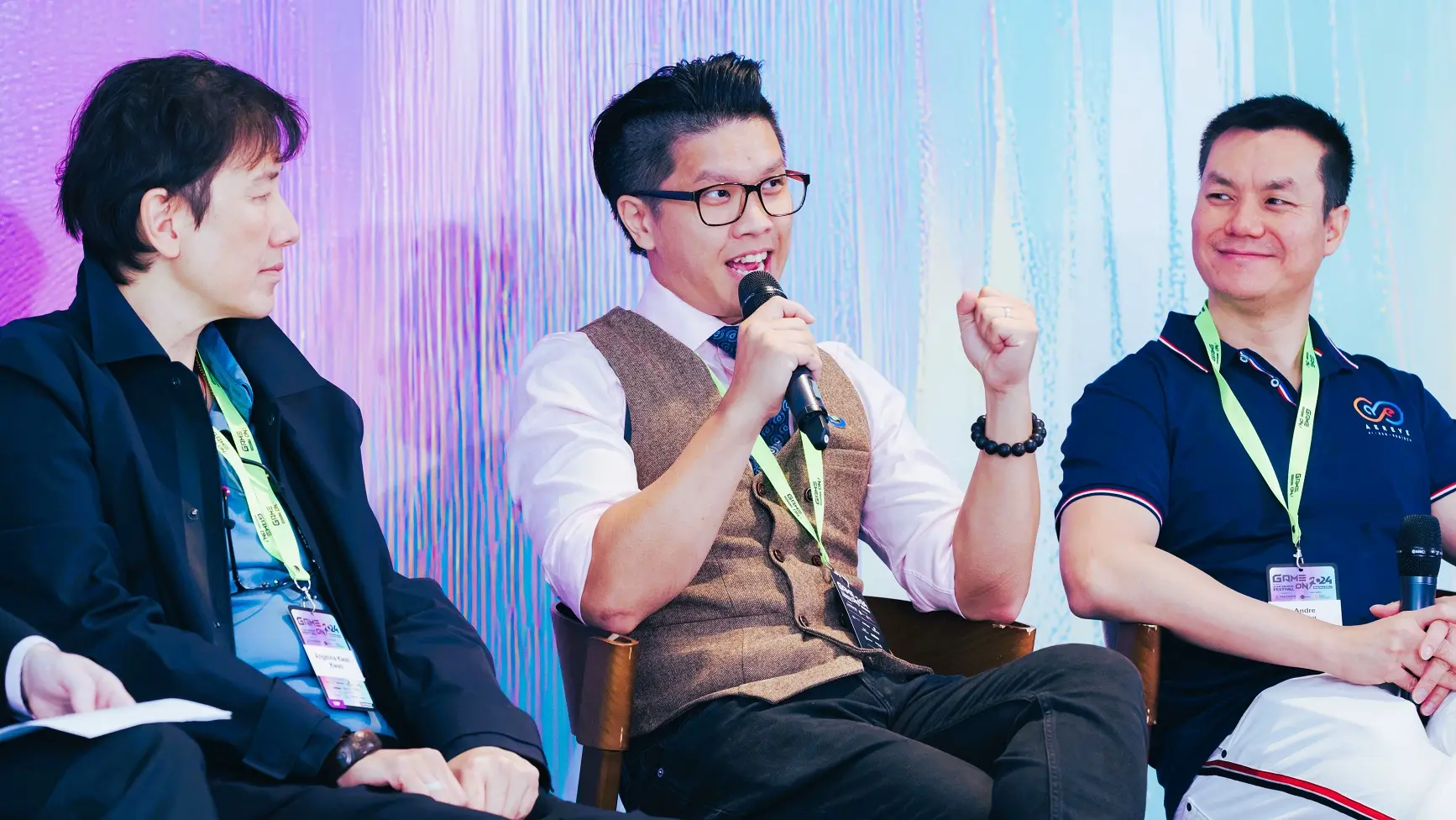- 话题
21k 热度
12k 热度
40k 热度
44k 热度
17k 热度
18k 热度
7k 热度
3k 热度
96k 热度
- 10我的Gate时刻
28k 热度
- 置顶
- 📢 ETH冲击4800?我有话说!快来“Gate广场”秀操作,0.1 ETH大奖等你拿!
牛市预言家,可能下一个就是你!想让你的观点成为广场热搜、赢下ETH大奖?现在就是机会!
💰️ 广场5位优质发帖用户+X浏览量前5发帖用户,瓜分0.1 ETH!
🎮 活动怎么玩,0门槛瓜分ETH!
1.话题不服来辩!
带 #ETH冲击4800# 和 #ETH# 在 广场 或 K线ETH下 围绕一下主题展开讨论:
-ETH是否有望突破4800?
-你看好ETH的原因是什么?
-你的ETH持仓策略是?
-ETH能否引领下一轮牛市?
2. X平台同步嗨
在X平台发帖讨论,记得带 #GateSquare# 和 #ETH冲击4800# 标签!
把你X返链接提交以下表单以瓜分大奖:https://www.gate.com/questionnaire/6896
✨发帖要求:
-内容须原创,字数不少于100字,且带活动指定标签
-配图、行情截图、分析看法加分,图文并茂更易精选
-禁止AI写手和灌水刷屏,一旦发现取消奖励资格
-观点鲜明、逻辑清晰,越有料越好!
关注ETH风向,创造观点价值,从广场发帖开始!下一个牛市“预言家”,可能就是你!🦾🏆
⏰ 活动时间:2025年7月18日 16:00 - 2025年7月28日 23:59(UTC+8)
【立即发帖】 展现你的真知灼见,赢取属于你的ETH大奖!
- 🎉 #Gate Alpha 第三届积分狂欢节 & ES Launchpool# 联合推广任务上线!
本次活动总奖池:1,250 枚 ES
任务目标:推广 Eclipse($ES)Launchpool 和 Alpha 第11期 $ES 专场
📄 详情参考:
Launchpool 公告:https://www.gate.com/zh/announcements/article/46134
Alpha 第11期公告:https://www.gate.com/zh/announcements/article/46137
🧩【任务内容】
请围绕 Launchpool 和 Alpha 第11期 活动进行内容创作,并晒出参与截图。
📸【参与方式】
1️⃣ 带上Tag #Gate Alpha 第三届积分狂欢节 & ES Launchpool# 发帖
2️⃣ 晒出以下任一截图:
Launchpool 质押截图(BTC / ETH / ES)
Alpha 交易页面截图(交易 ES)
3️⃣ 发布图文内容,可参考以下方向(≥60字):
简介 ES/Eclipse 项目亮点、代币机制等基本信息
分享你对 ES 项目的观点、前景判断、挖矿体验等
分析 Launchpool 挖矿 或 Alpha 积分玩法的策略和收益对比
🎁【奖励说明】
评选内容质量最优的 10 位 Launchpool/Gate - 和其他领域不一样的是:你想支持一个 Web3 游戏项目,你必须要「双投」——既要投时间,也要投钱。

- 🎉【Gate 3000万纪念】晒出我的Gate时刻,解锁限量好礼!
Gate用户突破3000万!这不仅是数字,更是我们共同的故事。
还记得第一次开通账号的激动,抢购成功的喜悦,或陪伴你的Gate周边吗?
📸 参与 #我的Gate时刻# ,在Gate广场晒出你的故事,一起见证下一个3000万!
✅ 参与方式:
1️⃣ 带话题 #我的Gate时刻# ,发布包含Gate元素的照片或视频
2️⃣ 搭配你的Gate故事、祝福或感言更佳
3️⃣ 分享至Twitter(X)可参与浏览量前10额外奖励
推特回链请填表单:https://www.gate.com/questionnaire/6872
🎁 独家奖励:
🏆 创意大奖(3名):Gate × F1红牛联名赛车模型一辆
👕 共创纪念奖(10名): 国际米兰同款球员卫衣
🥇 参与奖(50名):Gate 品牌抱枕
📣 分享奖(10名):Twitter前10浏览量,送Gate × 国米小夜灯!
*海外用户红牛联名赛车折合为 $200 合约体验券,国米同款球衣折合为 $50 合约体验券,国米小夜灯折合为 $30 合约体验券,品牌抱枕折合为 $20 合约体验券发放
🧠 创意提示:不限元素内容风格,晒图带有如Gate logo、Gate色彩、周边产品、GT图案、活动纪念品、活动现场图等均可参与!
活动截止于7月25日 24:00 UTC+8
3
- 🔥 Gate广场 #GateAlpha积分节# 晒单狂欢开启!
带 #Gate Alpha交易分享# ,晒出你的Alpha第三届积分节高光交易,瓜分 $100 幸运奖池!
🎁 10名幸运晒图用户 * 10 USDT
📅 7月4日 12:00 -7月20日 24:00 UTC+8
别忘了,Alpha积分节主奖池高达百万美元,快来交易 + 晒图双重赢奖!
活动详情:https://www.gate.com/announcements/article/45908
Neuralink 脑机接口最新进展:马斯克要让盲人重新「看见」 世界
当 Meta 推出 Orion 时,马斯克内心的 OS 旁白是这种小儿科的玩具也敢拿出来卖,马克祖克柏只想要所有人都变成像他一样的 Nerdy 书呆子。 Meta 的扩增实境眼镜透过外搭设备将现实世界延伸出一个新的虚拟维度,由电脑运算渲染出虚拟物件堆叠出一个全新的世界,但对马斯克来说,跟他的 Neuralink 相比,这些扩增实境穿搭装备根本没有什么太大的作用,只能算是元宇宙游戏配备,又昂贵又不实用,也不会有人想成天都戴着个阿呆眼镜。
Neuralink 确是真正的破坏性创新,当2016年马斯克进行听起来有点惊悚的猴子实验时,许多人都不知道到底「脑机接口」在搞什么东西,只觉得说把脑袋开个洞植入晶片十分骇人听闻。人类的大脑神经可以说是最神秘的一块区域,脑神经医学至今都属于最难研究的领域,大脑的神经元连接着眼耳鼻舌,有着神经元的感应,才能将各种讯号传输到大脑去,我们就可以「感受」到影像、声音、气味和味道。
Neuralink Blindsight Implant 晶片如何运作
扩增实境 (Augmented Reality 简称 AR) 能够让使用者看到现实世界里堆叠的虚拟物件, Neuralink 则是预备让人根本不需要穿戴任何装备,可靠着手术变成晶片人 (想不出更好的方式形容),让晶片运转加速神经元感受操控外在的世界,只要有无线传输,人类就可以与电脑连结,让讯号重新复活,执行任务。
Neuralink Blindsight Implant 透过在大脑内植入晶片和摄影机,将取得的数据位元资料做影像投射,让失去双眼和视觉的人或是天生失明的盲人可以「看到」真实世界的画面,这是 Neuralink Blindsight Implant 的愿景。
想像把一台摄影机和晶片植入盲人的眼睛和大脑里,启动摄影机后,大脑的活动与机器人所拍到的资料画面变成电子讯号传输到人的大脑中控制视觉的区域,就跟扩增实境运作的原理相同,只要有渲染 Rendering ,大脑就会产生影像。
让机器人对盲人进行脑部手术将能让患者能重新开启视野,把人工智慧和人类的大脑结合,不是把人类变成机器人或是科学怪人,而是借由科技让有特殊障碍的人士能重新过回正常的生活。
How Neuralink Will Break Reality 影片中借用马克祖克柏配戴的扩增实境眼镜来讲解 Neralink Blindsight Implant 的作用,旁白顺便揶揄马克戴上眼镜配上他的卷发还像个大男孩般(可爱)。
Neuralink 的 Blindsight Implant 预备进军医疗市场,算是 Niche Market 中的 Niche Market (小众市场),除了马斯克以外,还真的无人能做,也没有人敢做。虽然马斯克说现阶段最多只能渲染出低阶的影像画面,但已经为许多盲人和他们的家属带来希望。
Neuralink 的 Blindsight Implant 已获得美国食品和药物管理局 (FDA)凭证标签,未来可加速通过审查正式问世。目前没有更进一步的新闻透露 Blindsight Implant 何时开始人体实验, FDA 也没有发布任何消息,并不予置评。
Neuralink 介绍
Neuralink 为一间医疗新创科技公司,由马斯克和一群工程师于2016年创立,开发可植入颅骨内的大脑晶片介面接口,运用晶片进行无线传输,帮助先天或是后天残疾患者恢复正常生活。 Neuralink 正积极召集四肢瘫痪病患加入研究,详情可上官方网站查询资料。
这篇文章 Neuralink 脑机接口最新进展:马斯克要让盲人重新「看见」 世界 最早出现于 链新闻 ABMedia。